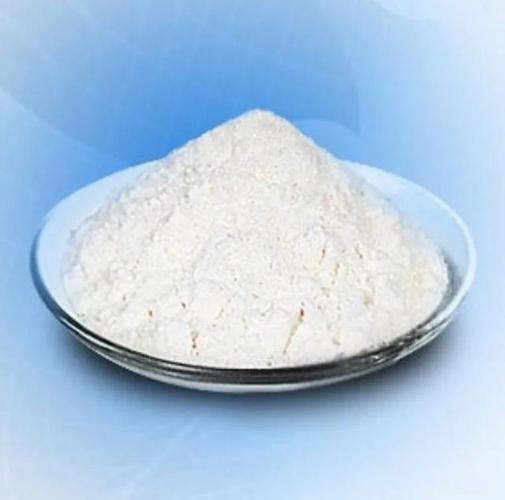
What are the common contaminants found in raw materials?
Common contaminants found in pharmaceutical raw materials can be categorized into several types, each posing unique risks to product quality and patient safety. Here are the primary types of contaminants and their sources:
1. Microbial Contaminants
These are the most common and critical contaminants in pharmaceutical raw materials. They include:
Bacteria: Examples include Salmonella, Escherichia coli, and Staphylococcus aureus. These can originate from raw materials, personnel, or manufacturing facilities.
Yeasts and Molds: Common fungal contaminants include Candida, Aspergillus, and Penicillium spp. These often result from improper storage or contaminated equipment.
Viruses: Viral contaminants such as hepatitis viruses can enter the manufacturing process through cross-contamination or inadequate hygiene practices.
2. Physical Contaminants
Physical contaminants include foreign particles that can enter the manufacturing or packaging process. Examples are:
Chips, particles, and fibrous materials from packaging materials or handling errors.
Glass particles or delamination flakes from improper handling.
3. Chemical Contaminants
These contaminants can alter the stability, efficacy, or safety of pharmaceutical products. Examples include:
Moisture, gases, or volatile organic compounds (VOCs) that can enter through inadequate sealing or improper storage conditions.
Residual solvents or heavy metals from raw materials or manufacturing processes.
4. Pyrogenic Substances
Pyrogens are microorganisms that cause fever. They are particularly dangerous in sterile pharmaceutical products, such as injectables. Common pyrogenic contaminants include endotoxins, which can enter through improperly sterilized equipment.
5. Other Contaminants
Silicone, plastics, and rubber particles: These can originate from manufacturing equipment or packaging materials.
Corrosion products and metal particles: These may come from machinery or storage containers.
Sources of Contamination
Contaminants can enter the manufacturing process through various routes, including:
Raw materials: Incoming raw materials may carry contaminants from their source.
Personnel: Poor hygiene practices or inadequate training can introduce contaminants.
Manufacturing facilities: Poorly maintained equipment or inadequate cleaning protocols can harbor contaminants.
Packaging materials: Breaches in packaging integrity can compromise product sterility.
Preventive Measures
To mitigate contamination risks, the pharmaceutical industry employs several strategies:
Regular training for personnel on hygiene practices and contamination prevention.
Rigorous quality control testing of raw materials, finished products, and packaging materials.
Sterilization and aseptic techniques to eliminate microbial contaminants.
Environmental monitoring to ensure clean manufacturing conditions.
By identifying and controlling these contaminants, the pharmaceutical industry can ensure the safety and quality of its products.
 How can we prevent microbial contamination in pharmaceutical production?
How can we prevent microbial contamination in pharmaceutical production?
 What are the common contaminants found in raw materials?
What are the common contaminants found in raw materials?
 How to ensure the quality and purity of raw materials?
How to ensure the quality and purity of raw materials?
 What are pharmaceutical raw materials ?
What are pharmaceutical raw materials ?
